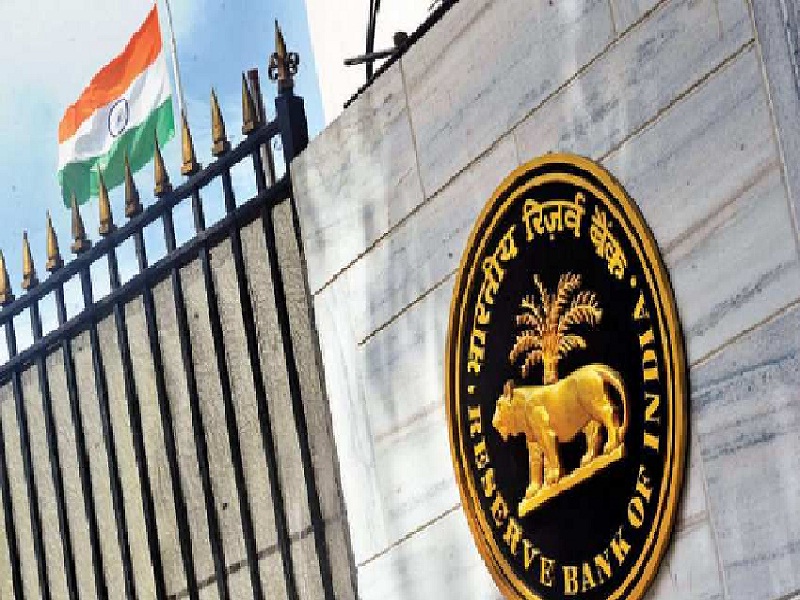RBI’s list of “systemically important banks” may widen
Published On: Thursday, March 18, 2021 | By: Team KnowMyStock

After the changes in the pecking order consequent to the merger of state-run players the RBI’s list of “systemically important banks” may wi en. As of date, only the State Bank of India (SBI), ICICI Bank, and HDFC Bank figure in the central bank’s classification of domestic systemically important banks (D-SIBs). The matter has figured in internal meetings of the central bank’s supervisory department, but a formal agenda note is yet to be put up. While SBI and HDFC Bank continue to occupy the top two slots in terms of asset size, Bank of Baroda (BoB), Punjab National Bank (PNB), and Canara Bank have pushed ICICI Bank to the sixth position. The indicator weight for size under the RBI’s ‘Framework for dealing with D-SIBs’ (released on July 22, 2014) is 40 percent.
A widening to include BoB, PNB, and Canara Bank as D-SIBs will have an impact on their capital structures as they will have to bring in additional common equity tier 1 (CET1) capital ranging between 0.20 percent and 0.80 percent of their risk-weighted assets, depending upon the buckets they are slotted into.
While the RBI’s press release of January 21 mentioned only SBI, ICICI Bank, and HDFC Bank as being classified D-SIBs, the 2014 framework had stated that “the methodology for assessing the systemic importance of banks and identifying them will be reviewed on a regular basis… this review will be at least once in three years”.
There is also nothing in the D-SIBs framework that suggests that the number of banks will always be restricted to the top three. Rather it had stated in 2014 when it was introduced that “…it is expected that about four to six banks may be designated as D-SIBs under various buckets”. Said a source: “That time for a review to widen this list may well be upon us.”
D-SIBs are subjected to differentiated and higher intensity of supervisory requirements based on the risks they pose to the financial system. Moreover, the additional CET1 requirement is over and above the capital conservation buffer (CCB). The central bank has given two successive relaxations to banks to comply with its CCB norm of 0.625 percent to 2.5 percent.
We are on Telegram!
JOIN our telegram channel to receive updates on Financial News and Stock and FNO Tips.
Click Here!
Follow Us On:






